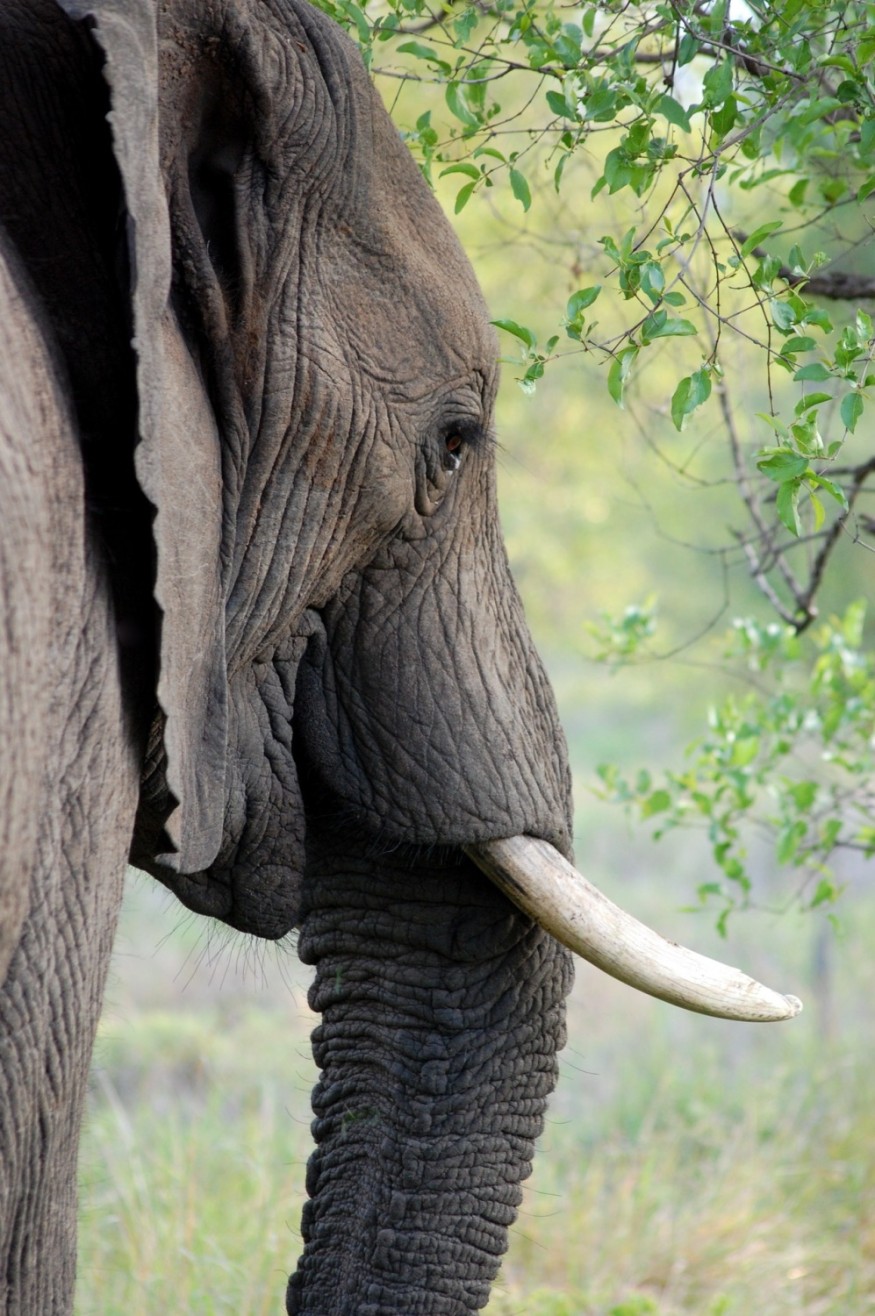Science says that large, long-lived species should have higher risks of developing cancer. The logic is that tumors grow when genetic mutations cause cells to reproduce too quickly and uncontrollably. Hence, creatures with long lives give cancer more opportunities to mutate.

If bigger species have more cells that are more prone to mutations, why does cancer rarely afflict elephants?
Elephants: The Biggest Pachyderms
A new study looks into the mystery of elephants possessing extra copies of a variety of genes associated with tumor suppression.
But the phenomenon isn't exclusive to elephants. Researchers concluded in their study published in eLifeScience, that duplicate tumor suppressor gene is common among all elephant relatives, living and extinct; even the small ones like Cape golden moles and elephant shrews.
Researchers suggest that tumor suppression capabilities coincided with the evolution of exceptionally large body species to facilitate development.
Vincent Lynch, co-author and assistant professor at UB College of Arts and Sciences says, "One of the expectations that as you get a really big body, your burden of cancer should increase because things with big bodies have more cells. The fact that it isn't true across a species--a long-standing paradox in evolutionary medicine and cancer biology--indicates that evolution found a way to reduce cancer risks."
The study explores how elephants and their living and extinct relatives evolved to be cancer-resistant. They have research focusing on TP53, a known tumor suppressor. For this study, researchers focused on whether elephant genomes included more copies of tumor suppressors than expected whether it's a general trend among the species or if it's specific to one gene.
Researchers found that elephants have extra copies of tumor suppressor genes that contribute to their cancer-resistance.
Enhanced Cancer Protection of Elephants
Despite many elephant relatives harboring extra copies of tumor suppression genes, scientists found that elephant genomes possess unique duplications that contribute to tumor suppression through genes involved in DNA repair, cellular growth, resistance to oxidative stress, aging, and death.
Juan Vasquez, co-author and a postdoctoral researcher from UC Berkely says, "by determining how big, long-lived species evolved better ways to suppress cancer, we can learn something new about how evolution works and hopefully find ways to use that knowledge to inspire new cancer treatments."
How Giant Sloths and Mega-Armadillos Got So Big?
Elephants became the focus of the study for the evolution of cancer protection because the species belongs to a group of small-bodied mammals: the Afrotherians.
Researchers searched for extra copies of the tumor suppressor gene in DNAs of the African savanna, Asian, and African forest elephants, and a number of following Afrotherians such as elephant shrews, Cape golden moles, rock hyraxes, extinct wooly mammoths, manatees, extinct mastodons, and more.
The team also researched mammals from the Xenarthra group and also found extra copies of tumor suppressors in animal genomes.
Researchers found that within these group of organism extra copies of tumor suppressor genes was evident. Long ago there were mega-armadillos, giant sloths, and Steller's sea cow that grew to elephant size. The extra copies of the tumor suppression might have helped to evolve the species to such size.
Read also: Echolocation: Nature's Built-in GPS
Check out more news and information on Animals on Science Times.
© 2026 ScienceTimes.com All rights reserved. Do not reproduce without permission. The window to the world of Science Times.












